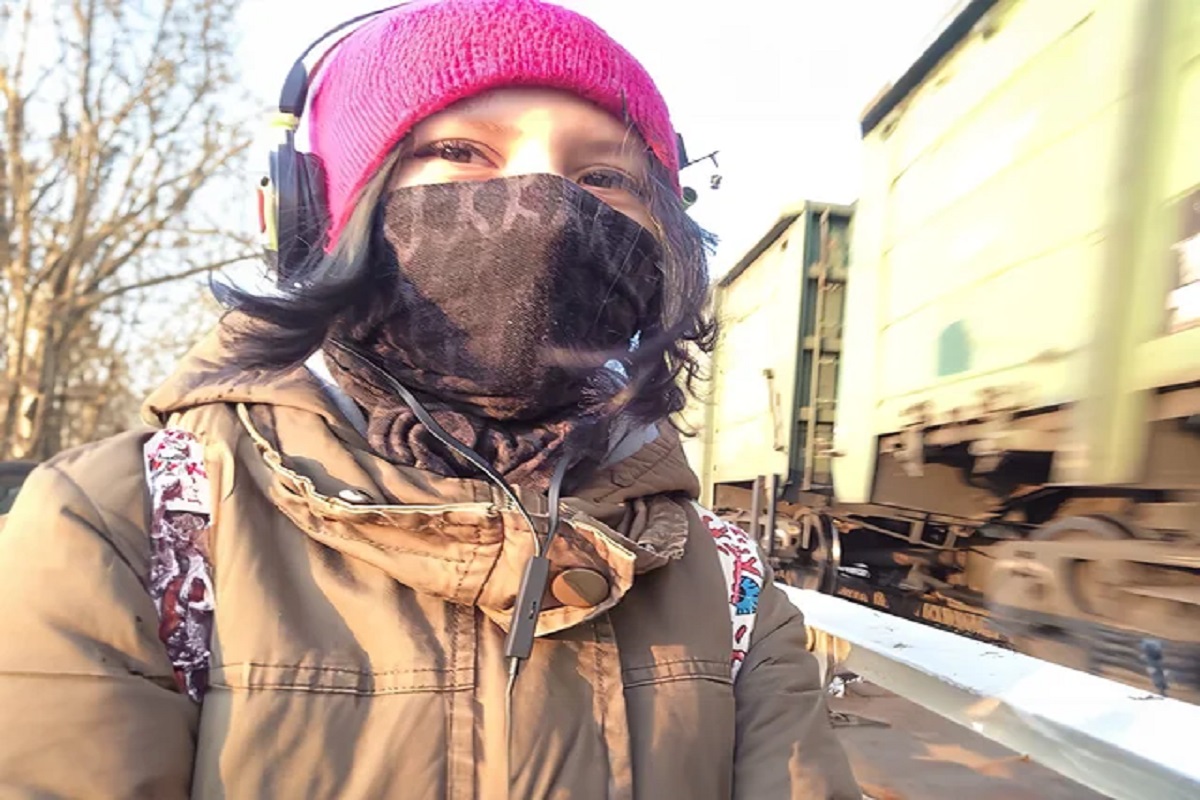
News: In a digitally saturated world where countless images flash across our screens at lightning speed, only a handful etch a lasting impression on our minds. One such unforgettable image is Rina Paleknova’s ‘last selfie,’ which took the world by storm with its unsettling headless or blurred appearance. In this article, we’ll delve deep into the history behind the “No Head No Haze” tag, unraveling its cryptic message and uncovering its hidden layers. Our journey will lead us to understanding the psyche of a young girl navigating the complex maze of teenage friendships, ultimately leading to her tragic end.
The Haunting Images of Rina Paleknova
Discussion forums online are rife with conversations surrounding the eerie images of Rina Paleknova. Originating from an incident in 2015, these photos have given rise to a multitude of discussions. The “Rina Palenkova Train Video” in particular, known for its distressing content, has become a hotbed for online debates. The chilling events of 2015, documented in these widely-shared images, confirm Rina’s entanglement with the dangerous Blue Whale game, marking her as its inaugural victim. Further fueling the fire is the “Rina Paleknova Original Screaming Video”, another internet sensation, which stirred controversy due to its haunting visuals. These images have resurfaced recently, bringing renewed attention and debate to the tragic event.
Get updated – make sure you’re signed up for! Be the first to know with the latest celebrity news and insightful film reviews. Stay on top and dive deep into the vibrant realm of entertainment with.
Understanding the Haunting Final Selfie of Rina Paleknova
At a cursory glance, Rina Paleknova’s last selfie appears to be a typical teenage capture, immortalizing a fleeting moment. However, the realization that this ordinary snapshot was her final photo casts a shadow of haunting reality. Captured by 17-year-old Rina from Ussuriysk in the Russian Far East, this image became the poignant last frame of her existence. The photo’s vibrant hues juxtaposed with the chilling caption, “Goodbye,” amplified its eeriness. These two syllables bore a weight no one could anticipate, setting off a series of events that not only shook her immediate surroundings but also sent shockwaves throughout the online world.
Deciphering the Mysteries
To truly comprehend the depths of Rina Paleknova’s tragic last selfie, we need to decode the mysteries it’s hiding. What drove her to take part in the deadly Blue Whale game and what were its repercussions? How did this disastrous online challenge exploit susceptible teenagers, pushing them towards a tragic end? By unmasking these mysteries, we can cast a spotlight on the dark underside of online challenges and the potential hazards they pose to impressionable minds.
Pondering Upon Teenage Relationships
Rina Paleknova’s tragic tale also focuses on the perplexities of teenage friendships. As youngsters steer through adolescence, the stress to fit in, gain acceptance, and sustain relations can be stifling. We must ponder upon the role peer pressure had in drawing Rina into the Blue Whale game and how the strain to assimilate can lead to catastrophic results. By scrutinizing the dynamics of teenage friendships, we can better understand the struggles young individuals endure and explore means to assist them during this crucial phase of their lives.
Looking at the Legacy of Rina Paleknova
The story of Rina Paleknova is more than just a tragic tale; it stands as a grim reminder of the hidden threats within our digital universe and the consequences that online activities can entail. This narrative has ignited important discussions on mental health, the menace of cyberbullying, and the duty of online platforms to safeguard their vulnerable users. Reflecting on Rina’s legacy, we’re compelled to strive for a digital environment that prioritizes safety and empathy for the future generations.
Rina Paleknova’s heart-wrenching journey, highlighted by her poignant last selfie, emphasizes the profound ripples that seemingly mundane moments can create in our lives. This exploration has taken us through the unsettling history behind the “No Head No Haze” moniker, the enigmatic details surrounding Rina’s final image, and the broader societal implications it surfaces. By understanding her tale, we are called to fortify our efforts in protecting those at risk from the digital realm’s lurking dangers, fostering healthier interactions in both virtual and real-world contexts. Rina’s narrative should be etched in our collective memory as a testament to the need for compassion, understanding, and vigilance in our rapidly evolving digital age.

